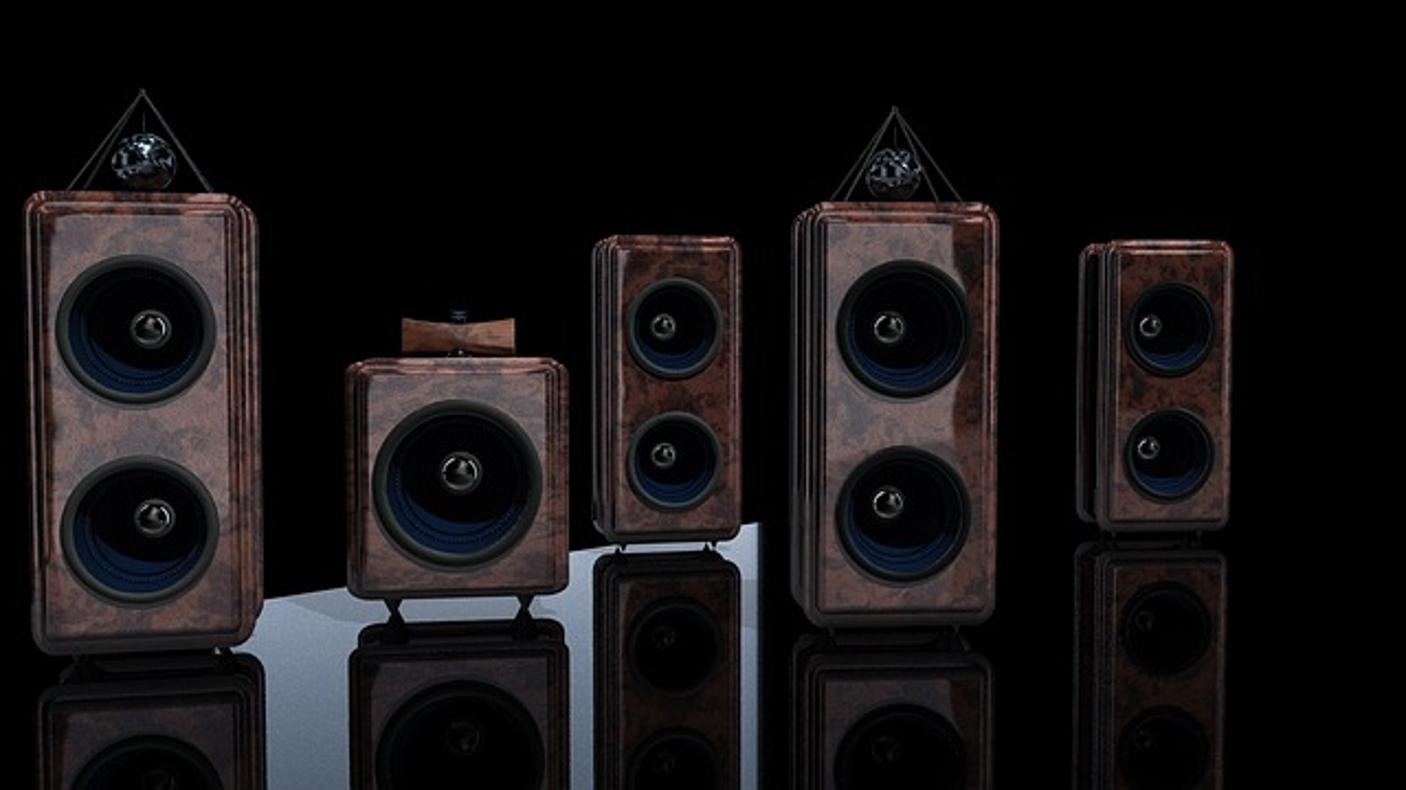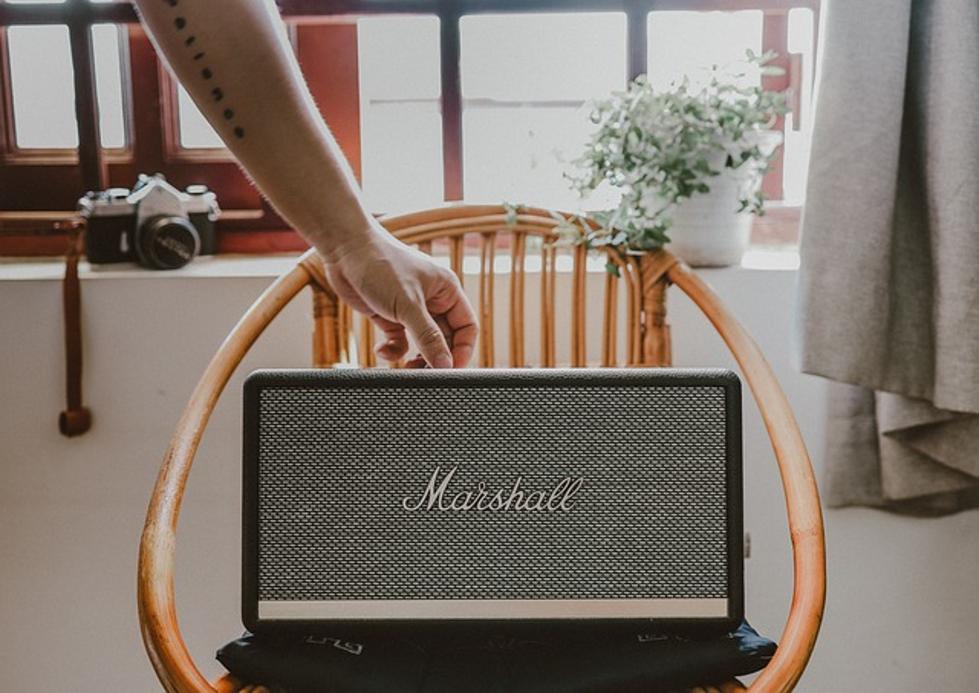The Ultimate Guide to Placing 5.1 Surround Sound Speakers for Optimal Audio Experience
Introduction
Elevating your home entertainment setup can be as simple as properly placing your 5.1 surround sound speakers. Proper placement ensures that you capture every detail, from the soft murmur of a dialogue to the resounding boom of an explosion, delivering a cinema-grade audio experience. Whether you're setting up a new system or tweaking an existing one, this guide provides detailed instructions to position each component effectively.

Understanding 5.1 Surround Sound
The term '5.1 surround sound' refers to a six-channel audio system designed to envelop the listener in an immersive sound experience. The configuration includes five speakers and one subwoofer (the '.1' in 5.1).
- Front Left and Right Speakers: These speakers handle the majority of the audio and help create a stereo effect.
- Center Speaker: This one is crucial for dialogue and is usually placed in the middle of the screen.
- Surround Left and Right Speakers: These speakers are designed to provide ambient and environmental audio.
- Subwoofer: Responsible for the low-frequency effects (LFE), producing the deep bass that adds depth to your audio experience.
Each component has a specific role in creating a balanced and immersive soundscape. Knowing the function of each speaker will help you understand where and how to place them for optimal performance.
Tools Required for Speaker Placement
Before starting your setup, gather essential tools to ensure precise placement and installation:
- Measuring Tape: For accurate distance measurements
- Speaker Stands or Wall Mounts: Depending on your preference for floor-standing or wall-mounted speakers
- Level: To ensure speakers are aligned correctly
- Cable Management Supplies: Zip ties, cable clips, or conduits to keep wires organized
- Marker or Painter’s Tape: For marking positions before drilling or placing stands
Having these tools ready will streamline the setup process, making sure everything is in the right place, securely installed, and aesthetically pleasing.
Best Practices for Speaker Placement
Proper placement is essential to achieve a balanced and immersive audio experience. Let’s break down the best practices for placing each type of speaker in a 5.1 surround sound setup.
Front Speakers (Left, Right, and Center)
- Front Left and Right:
- Position: Place these speakers equidistant from your listening position and form an equilateral triangle with it.
- Height: They should be at ear level when seated.
-
Angle: Aim them slightly inward towards the listening area to create a more unified soundstage.
-
Center Speaker:
- Position: Place directly above or below the center of your screen.
- Height: Align it with the height of the front left and right speakers.
- Securing: Ensure it’s stable, especially if placed on a shelf or mounted.
Surround Speakers (Left and Right)
- Position: Place to the left and right of your listening position, either slightly behind or in line with it.
- Height: Mount or place these speakers 1-2 feet above ear level for better ambient effects.
- Angle: Tilt them slightly down towards the listening area if mounted high.
By following these placement guidelines, you ensure each speaker delivers sound as intended, creating an immersive and cohesive audio experience.

Positioning the Subwoofer
The subwoofer can be a bit trickier to place due to its bass propagation. However, there are some key considerations:
- Flexibility: The subwoofer’s low frequencies are omnidirectional, meaning you have some flexibility in placement.
- Corners and Walls: Placing the subwoofer near a wall or corner can amplify bass, but avoid placing it too close to avoid boomy or muddy bass.
- Experimentation: Sometimes, it's best to experiment with placement. Start in the corner, then move it to different locations, testing volume and quality at your listening position.
Proper positioning of the subwoofer will significantly enhance the depth and richness of the audio experience.

Common Placement Mistakes to Avoid
Mistakes in speaker placement can severely affect your sound quality. Here are some common errors to steer clear of:
- Blocking Speakers: Avoid placing objects in front of your speakers that can block sound.
- Incorrect Heights: Placing speakers too high or low can disrupt the sound stage.
- Ignoring Angles: Not angling speakers correctly can result in poor sound directionality.
- Unbalanced Positions: Ensure speakers are at symmetrical distances for a balanced sound.
Correcting these mistakes will not only improve your audio quality but also ensures the longevity of your audio equipment.
Calibrating Your System
Once your speakers are placed, calibration fine-tunes your system for optimal performance:
- Use a Calibration Mic: Many AV receivers come with a microphone for auto-calibration.
- Manual Adjustments: Fine-tune speaker levels, distances, and crossover settings according to your room acoustics.
- Test Tones: Use test tones and sweeps to ensure balanced sound across all frequencies.
Proper calibration is crucial for enhancing the accuracy and richness of your 5.1 surround sound system.
Conclusion
Achieving the perfect sound experience with a 5.1 surround sound system requires more than just high-quality equipment. Proper placement plays a crucial role in delivering that immersive audio experience we all crave. By understanding the function of each speaker, using the right tools, following best placement practices, and avoiding common mistakes, you'll be well on your way to enjoying high-quality surround sound.
Frequently Asked Questions
What is the ideal height for surround sound speakers?
Ideally, surround sound speakers should be 1-2 feet above ear level to create an enveloping sound field.
Can I place my subwoofer in a corner?
Yes, but be cautious as corners can amplify bass, sometimes leading to boomy or muddy sounds. Test different positions to find the best sound quality.
How can I improve the acoustics in my room?
You can enhance room acoustics using acoustic panels, rugs, curtains, and furniture to absorb and scatter sound, reducing echoes and reverberation.



